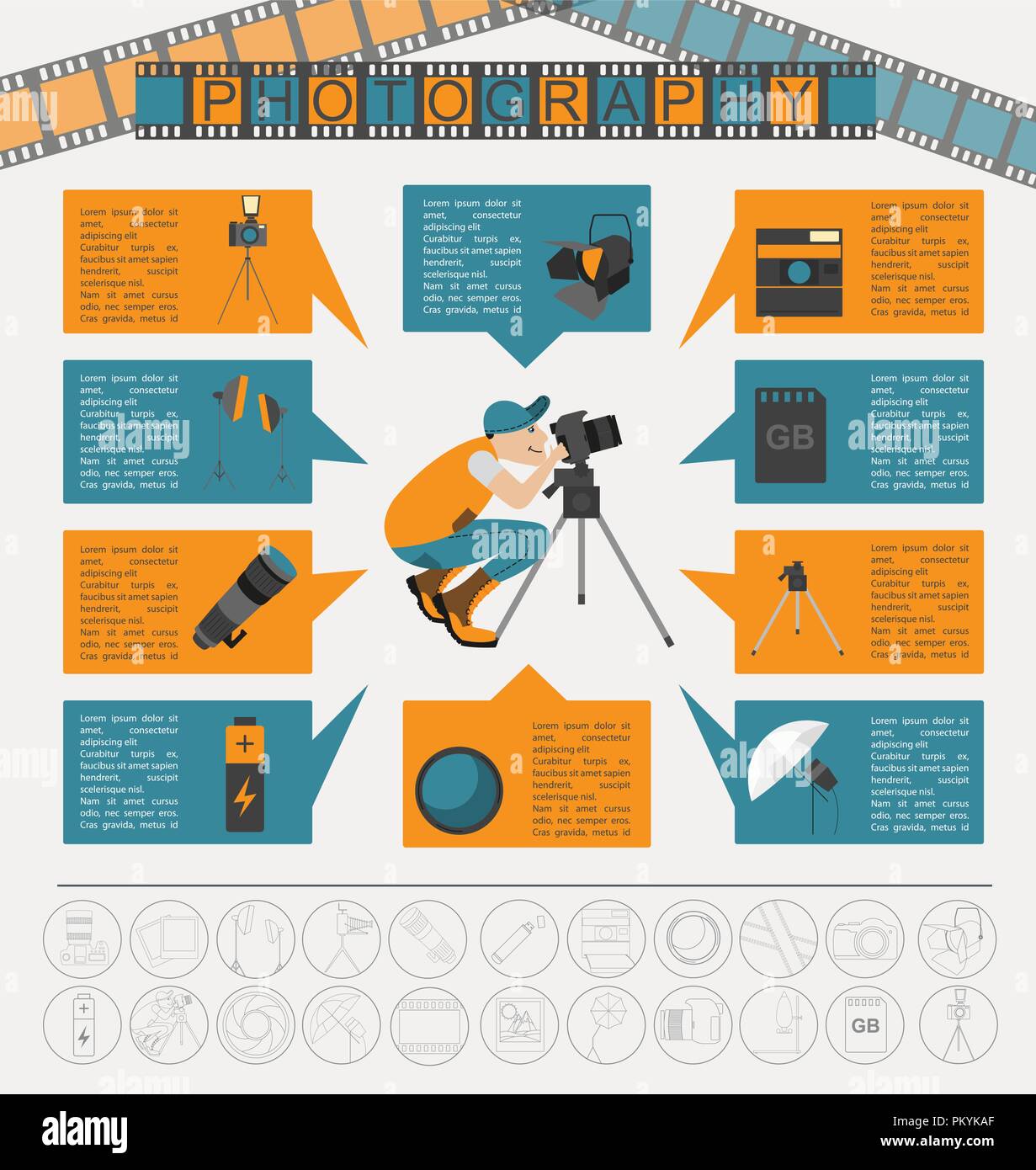What Every Professional Photographer Should Find Out About Lights
What Every Professional Photographer Should Find Out About Lights
Blog Article
Author-Beck Fraser
As a digital photographer, you recognize that lighting can make or damage your pictures. Understanding the nuances of both natural and synthetic light is crucial for catching the mood and clearness you aim for in your job. Whether you're chasing the best golden hour radiance or fine-tuning your synthetic configurations, understanding these elements can boost your photography dramatically. However there are common risks that several neglect, and recognizing them can transform your approach to every shoot. Let's discover what you might be missing out on and how it can affect your outcomes.
Recognizing Natural Light
Understanding natural light is essential for any kind of professional photographer seeking to boost their job. It's the foundation of great photography, influencing mood, tone, and quality. When you shoot outdoors, focus on the time of day. The golden hour-- quickly after sunrise and before sunset-- offers soft, warm light that can transform ordinary scenes into stunning pictures.
Do not underestimate the power of cloudy days. Cloud cover diffuses sunlight, developing a soft, also light that's excellent for portraits and macro photography. You'll find colors pop in this type of illumination without rough darkness.
Placing matters, also. Always consider your topic's positioning to the source of light. If the sunlight's behind your subject, you may wind up with a shape, which can be dramatic but mightn't be what you desire. On the other hand, direct sunlight can develop uncomplimentary shadows.
Explore angles; occasionally, changing your perspective can produce fantastic results. Usage natural reflectors, like water or sand, to jump light onto your topic, adding dimension.
Learning Artificial Light
Grasping artificial light is important for digital photographers that want to take their abilities to the next level. Whether you're utilizing speedlights, workshop strobes, or continuous lights, understanding just how to manipulate these resources can significantly boost your photos.
Begin by acquainting on your own with the basics of light high quality, direction, and shade temperature level. Trying out various modifiers like softboxes, umbrellas, or grids to regulate the gentleness or violence of the light.
You'll discover that soft light commonly creates complementary results, while harsher light can add dramatization and deepness. Don't shy away from darkness; they can improve the three-dimensionality of your subjects.
Pay attention to the positioning of your lights. A light located as well near to your subject can produce unflattering outcomes, while also far can lead to an absence of information. Make Best corporate photographer of a light meter or your video camera's histogram to guarantee you're subjecting correctly.
Last but not least, bear in mind that synthetic light can be combined with ambient light for creative impacts. Stabilizing these resources could take practice, once you master it, your digital photography will absolutely beam.
Strategies for Various Scenarios
When you enter various capturing situations, adjusting your lighting techniques is essential for recording the most effective pictures. For Continue Reading , use the golden hour-- morning or late afternoon light-- to soften shadows and boost complexion.
If it's a rough noontime sunlight, take into consideration utilizing a reflector to bounce light back onto your topic or seek shaded locations for a more also direct exposure.
In low-light scenarios, like indoor events, raise your ISO and utilize a vast aperture to allow in even more light. A tripod can help remove video camera shake, enabling longer exposures without obscuring.
If you're shooting at night, try out off-camera flash to produce dynamic lights and deepness in your images.
For item photography, use diffused illumination to avoid severe representations. Softboxes or light tents can help achieve this impact.
When photographing landscapes, consider the direction of light and time of day, as it can dramatically alter the mood of your shot.
Always be ready to adjust your setups and placing based upon the scenario, as adaptability is key to grasping illumination in photography.
Final thought
In conclusion, grasping illumination is crucial to boosting your digital photography abilities. Embrace all-natural light's beauty throughout golden hour, and don't avoid explore artificial light methods. By adjusting your strategy to different scenarios, you'll capture magnificent images that reverberate with emotion and clearness. Bear in mind, the right lights can change a common shot into something extraordinary, so keep exercising and refining your understanding of both natural and man-made light. Happy capturing!
